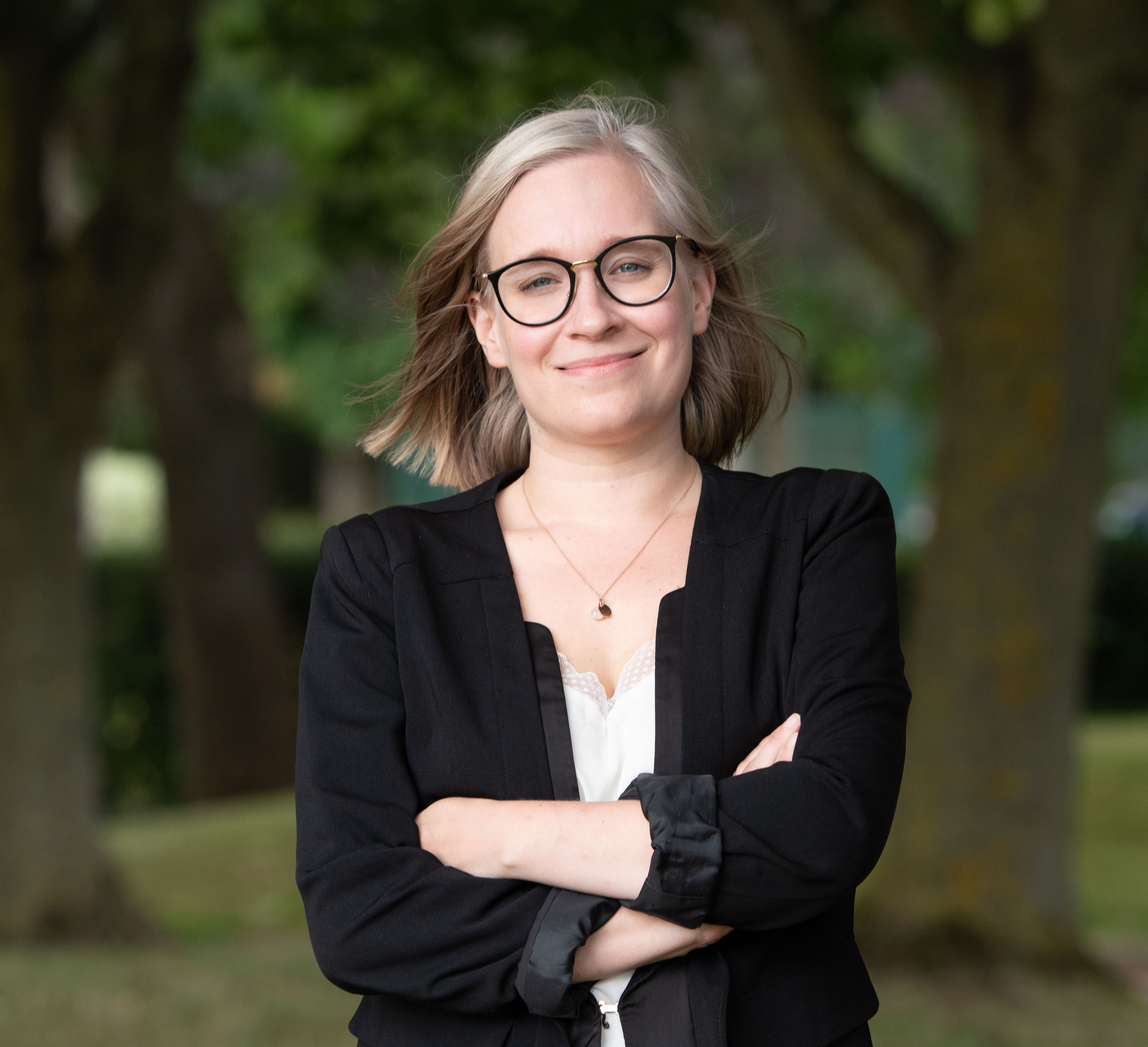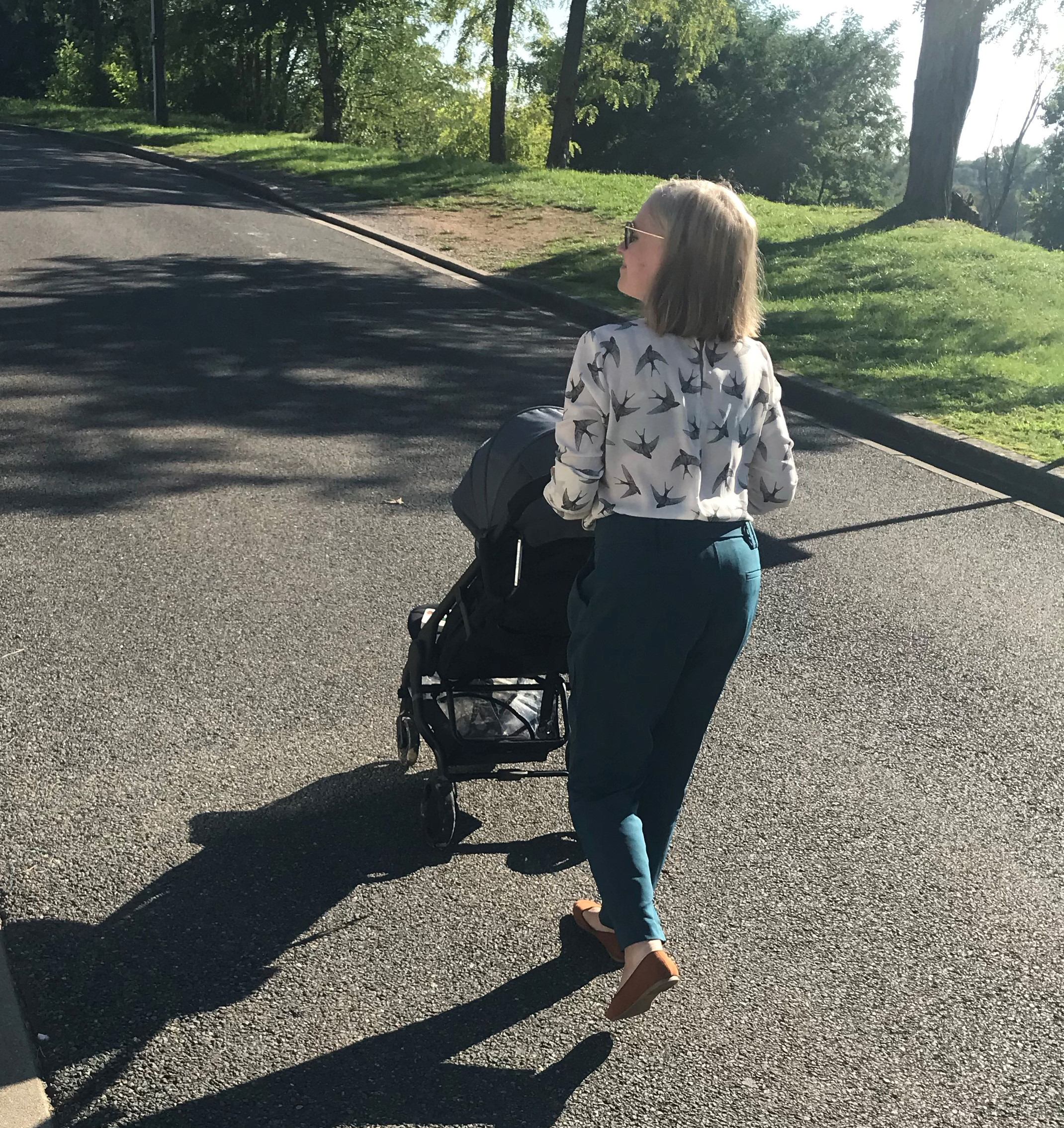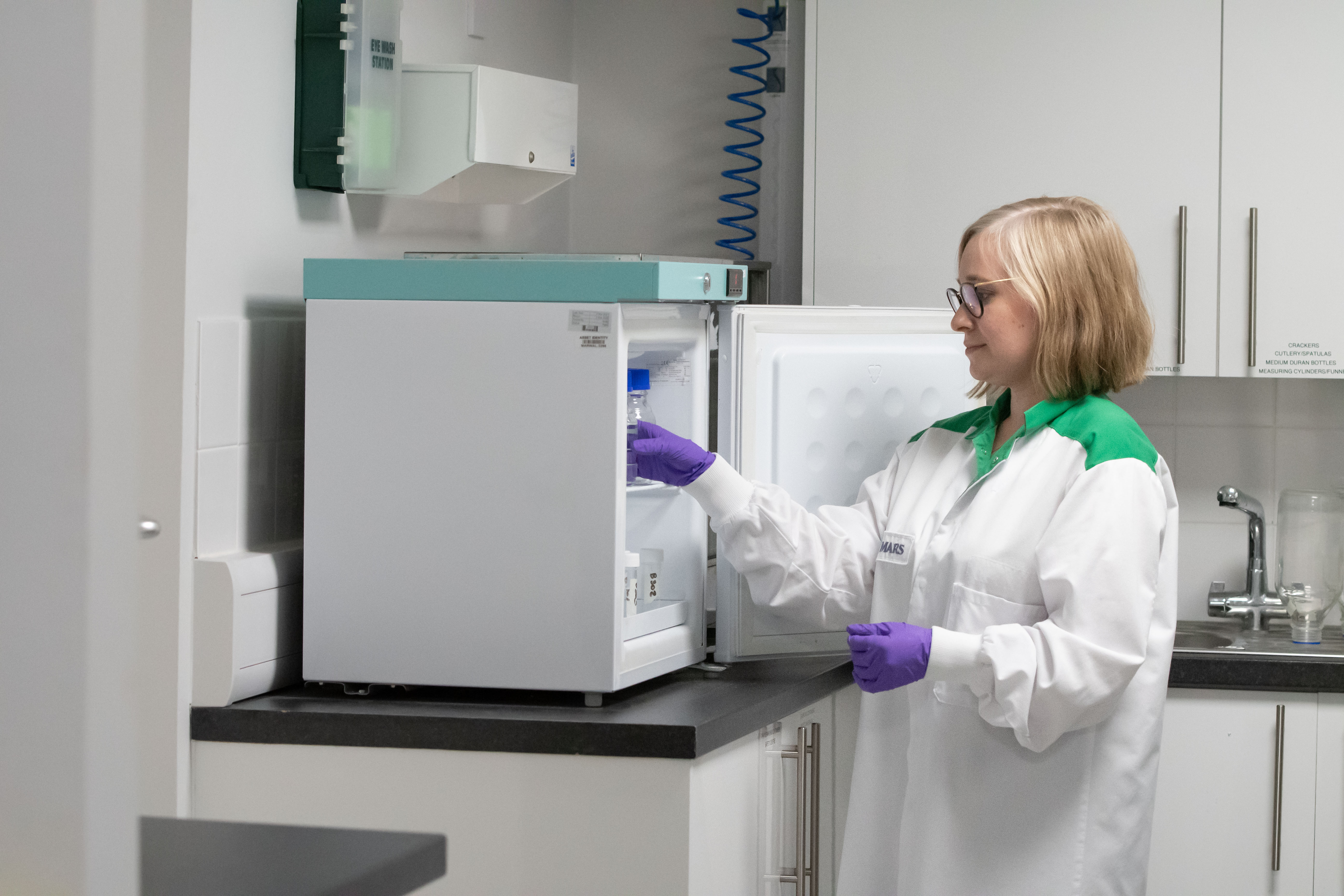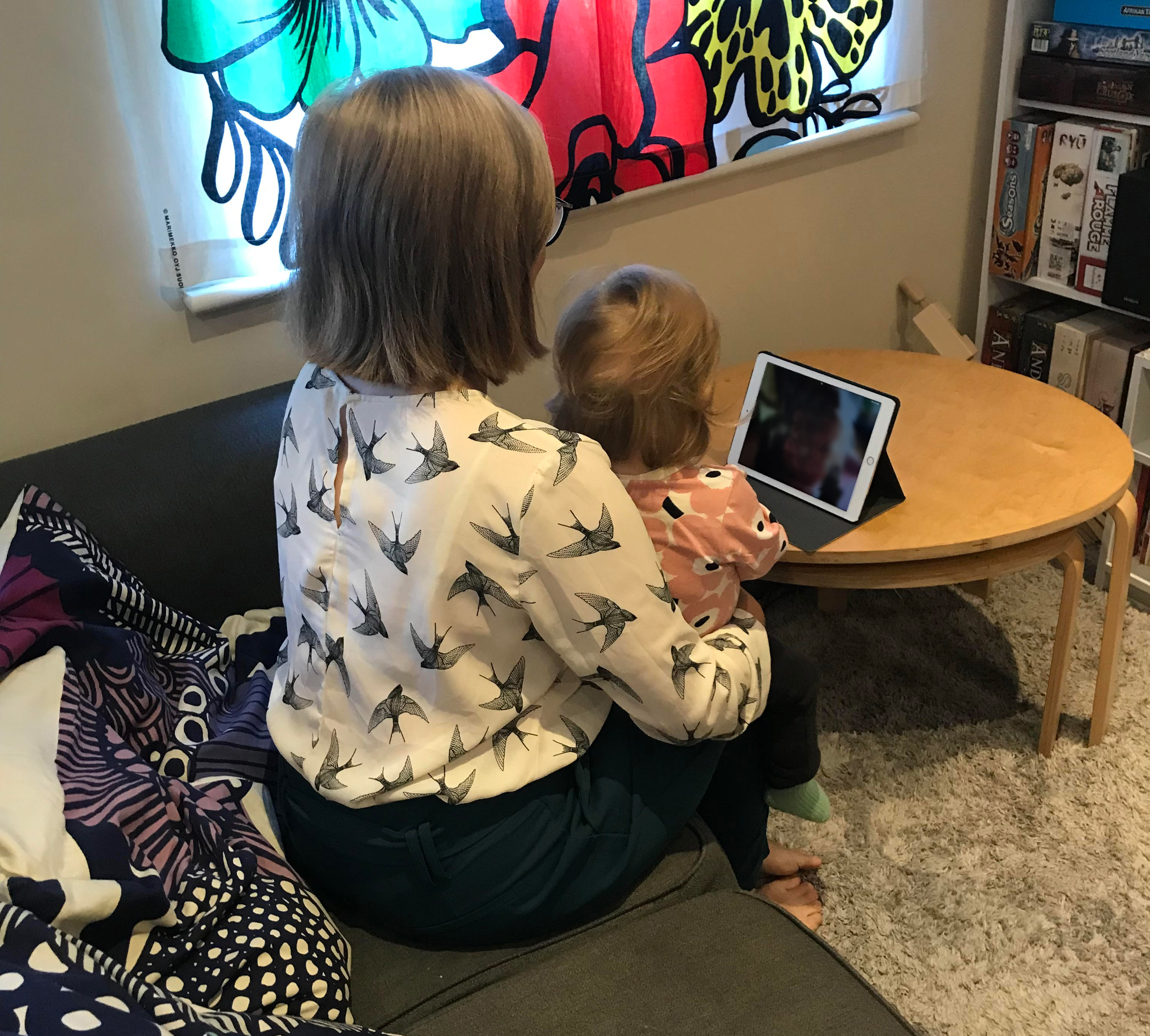A Day in the Life of.… A Sensory Scientist
A new series providing insights to typical days for our Associates and their science-related career paths.

Through the “A day in the life of” series, we will introduce some of the people who work at Waltham, and what a typical day looks like for them in their roles.
Introducing Anni
Anni is a Specialist Research Scientist in the Feeding Performance team.
“I joined Waltham in 2017, having just finished a PhD in Biochemistry and Food Science, in Dijon, France. This is my first role outside of academia, and my first role working in animal science.
I’ve moved around quite a bit. I grew up in Finland as my mother is Finnish, but for university I wanted to mix it up and go to France, which is where my father is from. I stayed there for over 10 years and lived in a few different places. Once I finished my PhD, I spotted the opportunity to apply for my current role and moved to the UK.”
7am Time to get the day started
I’ve not long returned to work after taking equal parental leave following the arrival of my first child. My daily work routine is very different now to the one I had before – I obviously need to make sure my daughter is all set for the day before I start working, but my commute has also changed with a remote and now flexible hybrid working pattern. I really enjoy this new hybrid way of working; it allows me to see colleagues face to face, which I missed during the lockdown, but also gives me the chance to do more focussed tasks at home. A bonus is being able to have lunch with my daughter and husband when I work from home. It is a real energising boost in the middle of the day, that allows me to refocus for the afternoon. Sometimes I take the opportunity to go for a walk to the park with my daughter to get some fresh air.
Today I’m going to the Waltham Petcare Science Institute as I want to check on some samples in our laboratory. It also means I can catch up with others about projects, or just to grab a coffee and find out what is happening in their world, which is just so much better face to face.

9am Project sign off meeting
I recently read about a study that had used insect meal as a source of protein for human food products. The results demonstrated it was a good source of protein and nutrients, although it can have an off, bitter taste. It got me thinking and I kicked around a few ideas with my manager as to whether we could use a similar approach to help us understand how we could best make use of these types of novel protein sources. The idea is for us to can apply what we already know about cat taste perception to make sure we don’t compromise on the palatability of our products, while still being able to use a more sustainable protein source instead of the more conventional raw materials we would usually have. Just like the approach for LOVEBUG™.
I’ve been busy reading the research papers in this area, as well as our previous studies to put together a project proposal. This has already been reviewed by our senior scientists and some academic peers who help to build on the idea and study design. It has also been through our ethics & welfare review panel to make sure it meets the Mars Animal Research Policy & Home Office standards. Today’s meeting was the final sign off needed in our governance before the study can start. It’s really exciting to get a project through this last step- the initial idea will now become a real study! It’s also amazing to be working in a research setting that lets us get projects started in a quick and efficient manner, without compromising on scientific rigour or animal welfare.

10:30 am Time to pop to the lab and check on those samples
11am The (preliminary) lab results are in
It’s time to catch up with James. He's the laboratory scientist on another project I’m involved with that has recently finished. He also runs our human sensory panel. Today we want to go through the data we’ve collected and decide what statistical analysis will be needed to finalise the results. I can then discuss this with one of our statisticians so that I can delve into the data a bit more as there are some interesting findings coming out. I love this part about being a scientist – the in trepidation of analysing the results and understanding what they mean.
For this project, we used a multidisciplinary approach. This means we used different experimental methods to answer the question we had. For example, we utilised computer modelling of receptor activation, laboratory (in vitro) screening of the same receptor using cellular assays and then followed this by confirming the result with sensory tests with our cat and human panels. You can read more in this blog. By using computers and lab-based experiments first to guide our research, the animal and human panels can be refined and targeted. It is also an example of how we use the 3Rs principles in animal research.
12:00 Lunch and time to catch up with friends!
1pm Time to don my auditor’s hat
At Mars, quality is at the heart of everything we do. It is the first of The Five Principles which underpin the way in which we behave and operate as a business. After a year at Waltham, I had the opportunity to train to be a LRQA auditor. This means that I now have an extra professional qualification that enables me to audit how team’s make sure that what they do is of the highest quality, they close any gaps they encounter and spot opportunities to improve. It gives me an insight into different projects and how they are delivered. Today we’re auditing the Governance team. They are responsible for the processes that any research study needs to go through. This starts with the early project formation and then follows it all the way through final stages of report and research paper sign off. After this point, we’d pass the findings on to colleagues elsewhere in Mars so it can be incorporated in our products or services. In their previous audit, they did really well, so hopefully it will be a fairly straightforward meeting.
2.30pm Final review of a new manuscript
The audit went well. We just need to finish the report later this week and share this with the team.
Time for a few emails and then a final read through of a new manuscript, before I pass the final draft to my co-authors. This scientific research paper details some of the work we have completed on cat taste perception, and a potentially important taste receptor for cats. This work has been done in partnership with external experts who work in different fields such as molecular modelling and cellular assay development. Publishing our research in peer-reviewed journals is a critical step to demonstrating the quality of our science, but also how we can share our findings with the wider scientific community. Another way, we do this is by presenting our results at scientific conferences. This is a great way to get feedback and meet others in the research area. Sharing and discussing our work outside of our research team with the wider scientific community is important to make sure our approaches are relevant and contribute to the general knowledge in our area of research.
We also share the research findings with colleagues in Mars, so that they can use it to help improve their products. It’s amazing to see the results generated at Waltham touching millions of pets around the world through the Mars Petcare family of products and services. For me, this is one of the key reasons I chose to work here; knowing that what I do, can improve the lives of pets across the globe, just gives a lot more meaning to my workday.

Evening: Last video call of the day
After work, I take the time to connect with my family that still lives in Finland. This year has been especially hard with having my daughter and not being able to see my parents due to travel restrictions. Thankfully modern technology enables us to see each other multiple times a week to make sure they don’t miss out on their granddaughter growing up, and so that we can catch-up on what’s going on in everyone’s lives. After this, it’s definitely time to get away from the screens for the rest of the evening and go outside to enjoy time with my family.
Typical career path into a specialist research scientist role
Anni graduated with a BSc and MSc in Biochemistry and enzymology and a PhD in Biochemistry and Food Science, before joining the research team at Waltham.
Specialist Research Scientists may have higher academic qualifications including PhDs, but may not have held previous research positions. Scientific degrees may have been achieved in a variety of fields, such as biology, chemistry, physiology, veterinary science and data science.
Written & published in October 2021.
View our job openings Meet our other experts Chat to our associates




